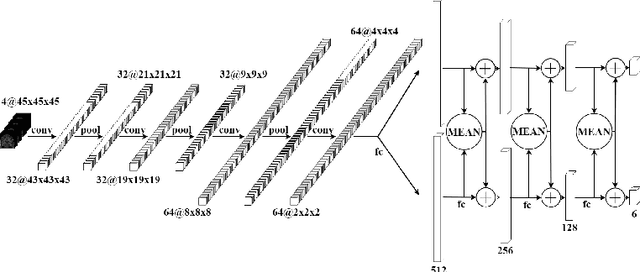Guy Leroy
Navigation Turing Test (NTT): Learning to Evaluate Human-Like Navigation
May 20, 2021



Abstract:A key challenge on the path to developing agents that learn complex human-like behavior is the need to quickly and accurately quantify human-likeness. While human assessments of such behavior can be highly accurate, speed and scalability are limited. We address these limitations through a novel automated Navigation Turing Test (ANTT) that learns to predict human judgments of human-likeness. We demonstrate the effectiveness of our automated NTT on a navigation task in a complex 3D environment. We investigate six classification models to shed light on the types of architectures best suited to this task, and validate them against data collected through a human NTT. Our best models achieve high accuracy when distinguishing true human and agent behavior. At the same time, we show that predicting finer-grained human assessment of agents' progress towards human-like behavior remains unsolved. Our work takes an important step towards agents that more effectively learn complex human-like behavior.
Communicative Reinforcement Learning Agents for Landmark Detection in Brain Images
Sep 27, 2020



Abstract:Accurate detection of anatomical landmarks is an essential step in several medical imaging tasks. We propose a novel communicative multi-agent reinforcement learning (C-MARL) system to automatically detect landmarks in 3D brain images. C-MARL enables the agents to learn explicit communication channels, as well as implicit communication signals by sharing certain weights of the architecture among all the agents. The proposed approach is evaluated on two brain imaging datasets from adult magnetic resonance imaging (MRI) and fetal ultrasound scans. Our experiments show that involving multiple cooperating agents by learning their communication with each other outperforms previous approaches using single agents.
 Add to Chrome
Add to Chrome Add to Firefox
Add to Firefox Add to Edge
Add to Edge